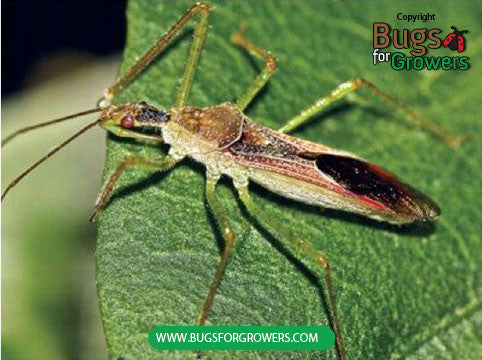Banana skipper
Damage caused by banana skipper
Larvae of banana skipper cause damage by shredding and rolling leaves of banana. Since most of the damage is caused at time of fruiting, banana yields are reduced due to small sizes of banana bunches.
Facts (show all)
- Common names
-
- Banana skipper
- Scientific name
-
- Erionota thrax
- Identification
-
Adults: Adult butterflies of banana skipper are brown in color with three yellow spots on each forewing.
Eggs: Eggs of banana skipper are creamy in color and about 2 mm long.
Larvae: Young larvae of banana skipper are pale green in color with black head capsule but as they become mature they make secure leaf rolls and are covered with a white waxy powder that helps them protect from heavy rains. Mature caterpillars are about 2 inches long.
Pupae: Pupae of banana skipper are covered with white waxy powder.
Banana skippers develop through four life stages including eggs, larvae, pupae and adults (butterflies). Female butterflies generally lay eggs singly or in groups of 25 eggs on the lower surface of banana leaves. Eggs hatch within 5- 8 days into small caterpillar that moves to edge of banana leaves where they feed and roll the leaves. While feeding and rolling leaves, caterpillars develop through 5 stages within 30 days. Mature larvae pupate inside the leaf rolls. Pupae are also covered with white waxy powder. Adult butterflies emerge from pupae within 10 days and life cycle continues.
Organic Control of banana skipper- Following beneficial insects are used for organic control of Banana skipper
- Assassin bug Zelus renardii
- Spined sooldier bugPodisus maculiventris


